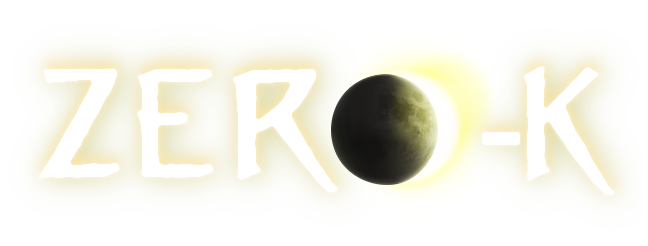| 1 |
It's basically rushdown/mixup play. It's strong when it's doing well, and it breaks down quickly if properly defended against. Given that Zero-K's territory-oriented nature makes defenses hard to set up well without sacrificing money, good raider poking can go a long way for the first several minutes.
|
1 |
It's basically rushdown/mixup play. It's strong when it's doing well, and it breaks down quickly if properly defended against. Given that Zero-K's territory-oriented nature makes defenses hard to set up well without sacrificing money, good raider poking can go a long way for the first several minutes.
|
| 5 |
However,
the
key
thing
is
more
"how
do
we
make
non-raider
play
more
engaging",
and
I'm
not
sure
there.
The
emphasis
on
physics
means
quick
units
just
get
more
ways
to
interact,
since
they
can
more
avoid
projectiles
and
generally
quickly
rearrange
themselves
to
best
handle
a
fight,
but
how
one
best
rearranges
their
forces
in
a
fight
is
an
interesting
real
time
problem.
Riots
and
Skirms
don't
move
that
fast,
so
their
formations
are
more
static
and
their
movement
play
is
less
exciting
overall.
Something
to
improve
that
which
uses
the
physics
system,
rather
than
involve
activated
abilities
(
or
even
anything
effective
that
does)
escapes
me
at
the
moment.
|
5 |
However,
the
key
thing
is
more
"how
do
we
make
non-raider
play
more
engaging",
and
I'm
not
sure
there.
The
emphasis
on
physics
means
quick
units
just
get
more
ways
to
interact,
since
they
can
better
avoid
projectiles
and
generally
quickly
rearrange
themselves
to
best
handle
a
fight,
but
how
one
best
rearranges
their
forces
in
a
fight
is
an
interesting
real
time
problem.
Riots
and
Skirms
don't
move
that
fast,
so
their
formations
are
more
static
and
their
movement
play
is
less
exciting
overall.
Something
to
improve
that
which
uses
the
physics
system,
rather
than
involve
activated
abilities
(
or
even
anything
effective
that
does)
escapes
me
at
the
moment.
|
 Raider spam?
Raider spam?
